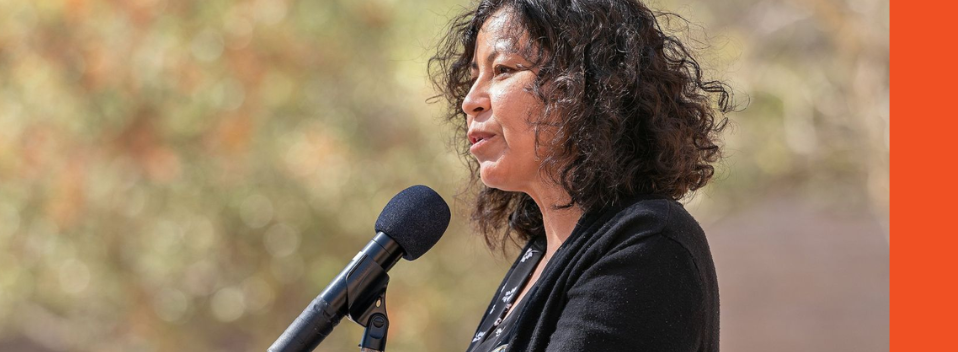
Creative Writing Faculty Publications and Presentations
Motivation to learn Korean as L2 or L3 in a bilingual, bicultural community
Document Type
Article
Publication Date
2-4-2023
Abstract
The motivation of linguistically diverse young adults to learn Korean as a Foreign Language (KFL) was studied at a university on the US-Mexico border. This diglossic setting permitted a complex investigation of multiple elements, including L2-motivation theoretical attributes, exposure to Korean contemporary pop culture, and the linguistic and cultural diversity of the local community. 152 KFL university students completed an online survey. Participants were sorted into four language groups according to the degree to which English/Spanish predominated in their daily life: Spanish-dominant, balanced, and English-dominant bilinguals, in addition to English monolinguals. Maximum Likelihood Exploratory Factor Analysis found two underlying KFL motivation factors, which were conceptualised as a social-cultural factor (F1) and an educational factor (F2). This underlying motivation structure was then further explored to find associations between the factor-based motivational attributes and the four language groups. Repeated MANOVA measures found statistically significant interactional effects and between-group differences between the balanced and non-balanced bilingual groups and the English monolinguals. Further discussion highlights the diglossic environment, the cultural interests of bilingual young adults in L3 learning, and the role of English as a power language.
Recommended Citation
Minhee Eom & Jean Braithwaite (2023) Motivation to learn Korean as L2 or L3 in a bilingual, bicultural community, International Journal of Multilingualism, DOI: 10.1080/14790718.2023.2170381
Publication Title
International Journal of Multilingualism
DOI
10.1080/14790718.2023.2170381


Comments
© 2023 Informa UK Limited, trading as Taylor & Francis Group
https://www.tandfonline.com/share/NRYWU58GGNDU5SAPRMAP?target=10.1080/14790718.2023.2170381